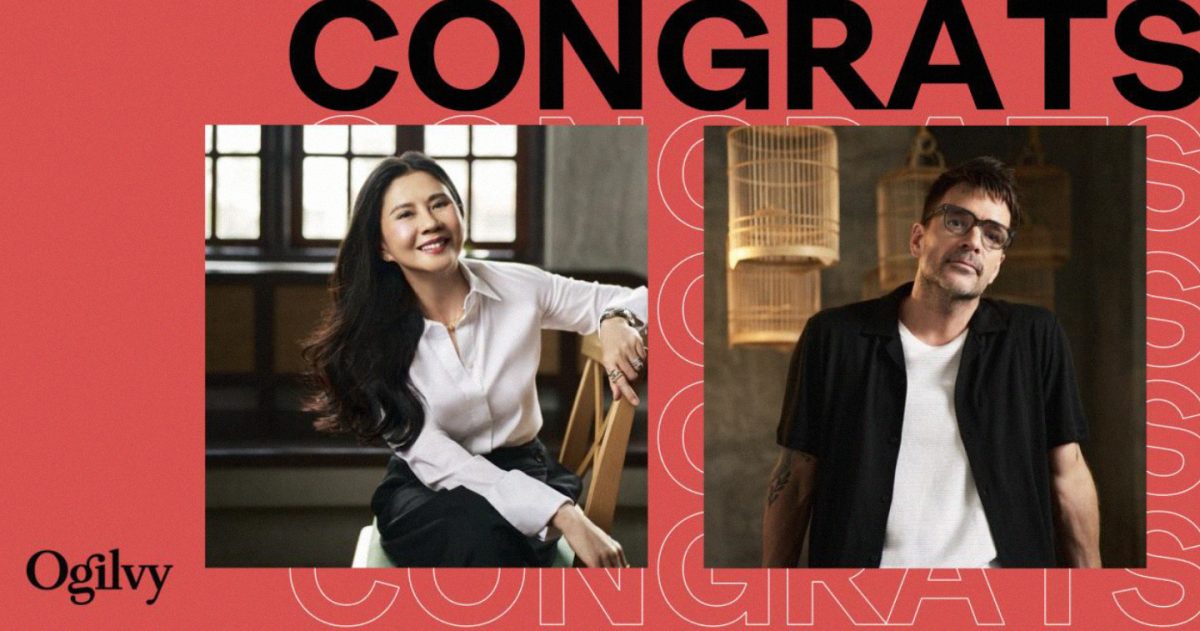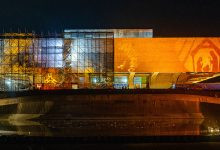KUALA LUMPUR, MALAYSIA – Ogilvy Group Malaysia today announced two senior leadership appointments effective 1 January 2026. Irene Wong, CEO of Grey Malaysia, has been named CEO, Ogilvy Group Malaysia, overseeing people, clients, and growth across Ogilvy and Grey. Graham Drew, Chief Creative Officer of Grey Malaysia, has been appointed Chief Creative Officer, Ogilvy Group Malaysia, where he will spearhead creative, driving great work for clients across both agency brands.
In these critical leadership roles, both Irene and Graham will be responsible for the Group’s agency brands in Malaysia, which include Ogilvy and Grey. While each brand will remain distinct and serve their respective clients independently, Irene and Graham will work closely with leaders across both agency brands to leverage their collective strengths and diverse capabilities – delivering exceptional value for clients.
Michelle Ong will continue as Executive Group Director of Ogilvy Malaysia, with responsibility for leading Ogilvy’s client portfolio. In tandem, Cindy Quek will remain Managing Director of Grey Malaysia, driving Grey’s client agenda. Kunal Jeswani will continue in his role as CEO, Ogilvy Group ASEAN, and remain fully invested in the success of the Ogilvy Group’s Malaysia operations.
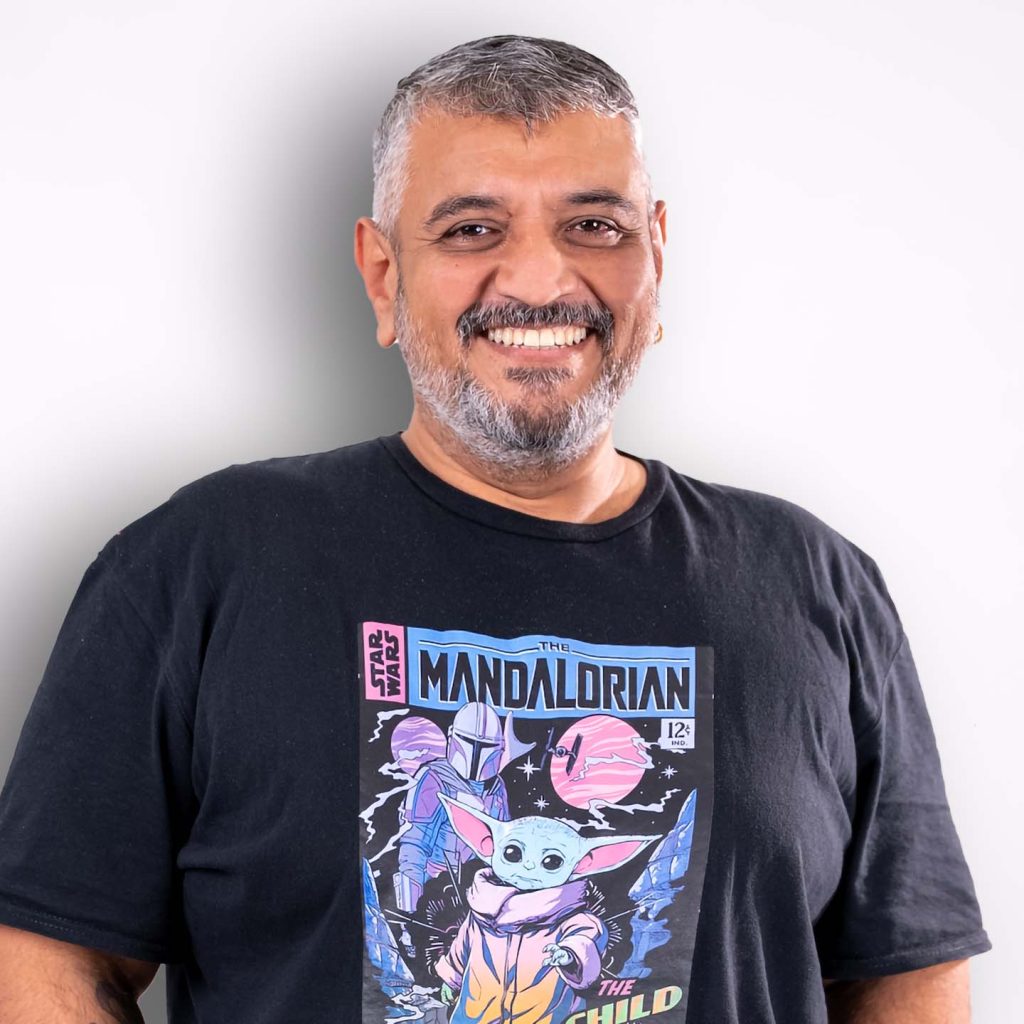
Kunal Jeswani, CEO of Ogilvy Group ASEAN, said “Irene and Graham’s proven leadership and deep understanding of the market will be instrumental in ensuring our clients benefit from an even broader range of talent and specialized expertise. This appointment also underscores our commitment to creating opportunities for our top talent to have a broader, more profound impact on our business and our clients’ success.”
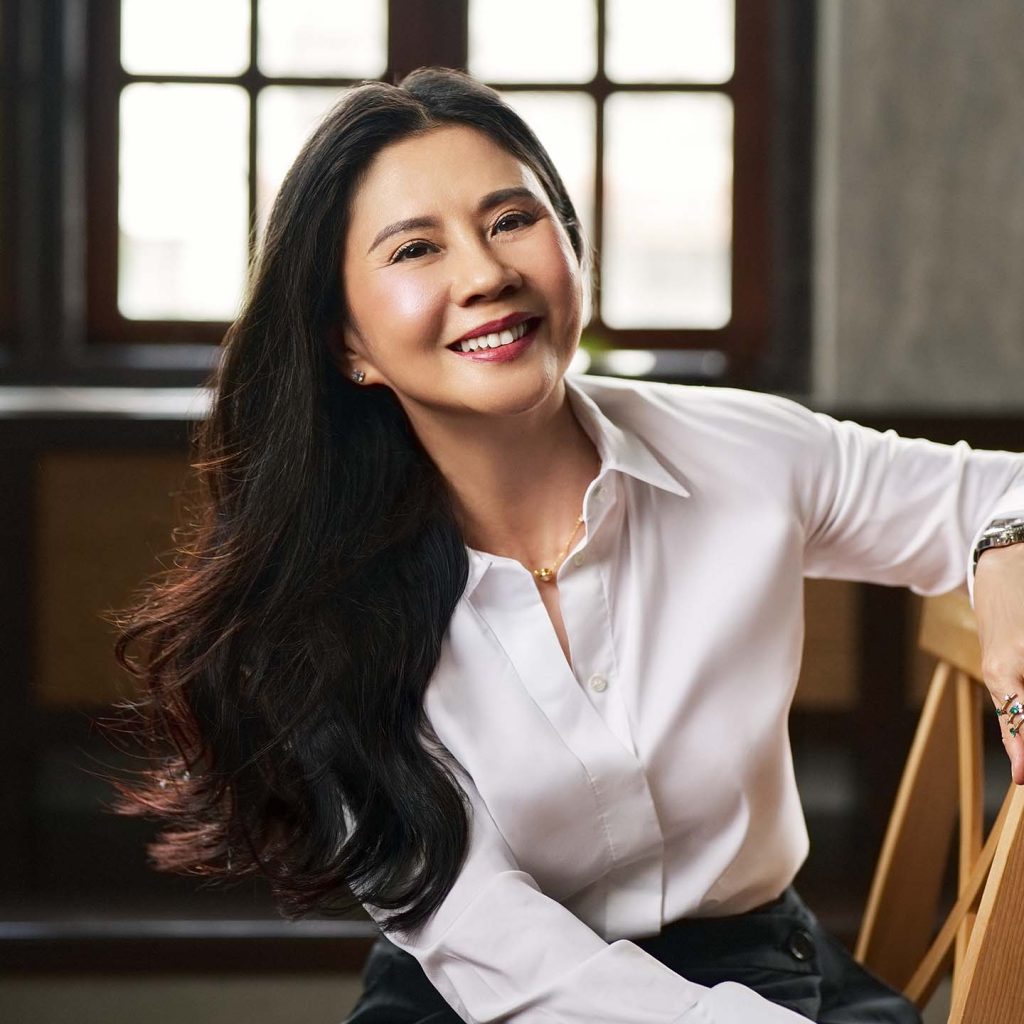
Irene Wong, CEO of Ogilvy Group Malaysia, commented “Stepping into this role draws on everything I’ve built over the years — a deep understanding of the Malaysian market, extensive experience with MNCs, GLCs and government organizations, and a firm belief in the power of collaboration. By honoring the distinct strengths of both Ogilvy and Grey, while preserving their unique identities and fostering purposeful partnership, we will unlock new possibilities, drive greater innovation, and create deeper, more holistic value for our clients.”
Graham Drew, Chief Creative Officer of Ogilvy Group Malaysia, said “I’m passionate about the creative potential here and this role represents a unique opportunity I’m truly excited to embrace. Whilst Ogilvy and Grey continue to operate as distinct businesses, we are united by a shared creative culture — one that pushes us to elevate ideas that move people and move business. By innovating at the intersection of brand, experience, and commerce, and by bringing together craft, data, and technology, we’ll create work rooted in Malaysia with the power to resonate far beyond.”
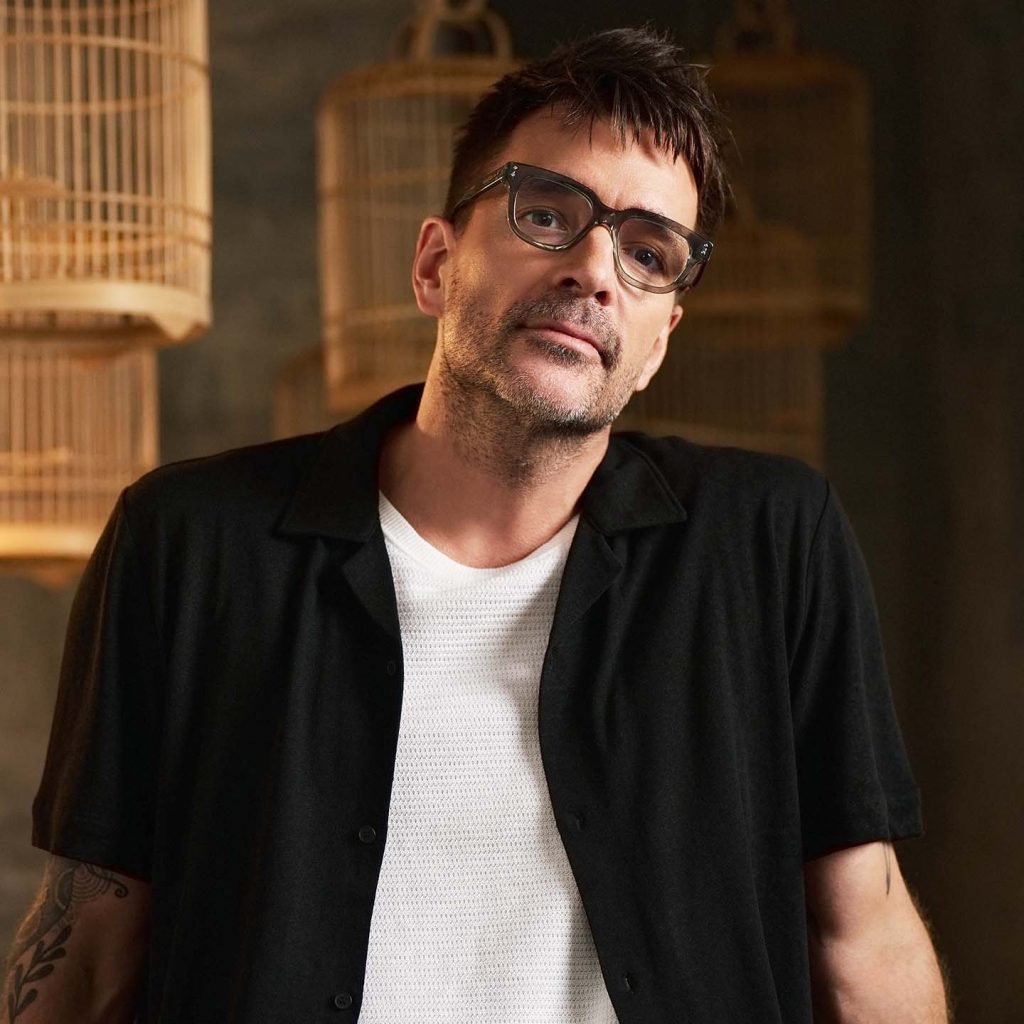
Group Malaysia
Irene Wong has led Grey Malaysia through transformation and modernisation, strengthening client partnerships and building connected capabilities across disciplines. Among the key clients and campaigns, she has led are Tenaga Nasional Berhad, Telekom Malaysia, Coway, Maybank, CelcomDigi, National COVID-19 Immunization Programme, Malaysia’s National Budget 2022/23, ASEAN-Malaysia Chairmanship 2025. Irene also serves as a recurring juror for the Malaysia Effie Awards since 2017.
Graham Drew has driven Grey Malaysia’s creative reputation to unprecedented heights, developing culturally resonant, effective, award-winning work for key clients such as P&G, WWF, SK-II, Tesco, Reckitt, Pantene, Volvo and Carlsberg. Work which has resulted in the team winning five Creative Agency of the Year titles, with Campaign Brief Asia, Spikes, and Campaign. Winner of many global industry awards, ranging from over 20 Cannes Lions, D&AD, One Show, Global Effie, Adfest, WARC and Spikes, Graham is also Chairman of the Grey APAC Creative Council and in 2023 was also the first ever Malaysia-based creative to Chair a jury at Spikes Asia.

